This Site Was Built With You In Mind!
Blown Head Gasket?
What Is It?
by Eddie Carrara
|
You think you have a blown head gasket, so you bring it to your mechanic because the engine is not running right, or the temperature gauge is getting too high. The service advisor tells you to drop off the vehicle, and they will call you later with the diagnosis. 4 hours later, the advisor calls and tells you that the engine has a blown head gasket, and the cost will be close to $3000 to fix it.
|
To make matters worse, you may need some additional work because your engine overheated, resulting in a warped cylinder head. You may also need some machine work done to the head, that would be an additional $300, then they ask, "would you like us to start on it today?" At this point, your head is spinning because you don't even know what a head gasket is or what it does!
After reading this article, you will understand what a head gasket is, what it looks like, its purpose, and the symptoms of a blown head gasket. If you still have a question, you can place them in the comment box below and ship them off to me. I'll answer any questions you have to the best of my ability, just so long that it isn't too technical. We keep it simple here.
A cooling system pressure tester can help diagnose leaks quickly. Not only that, your engine can be cold when performing a pressure test, preventing you from getting burned by hot coolant.
What is a Head Gasket?
|
An engine separates into two parts, a cylinder block (short block) and a cylinder head. Located in the short block are the cylinders, crankshaft, and pistons, and the cylinder head is where the valves and rocker arms reside. The head gaskets fit between where the cylinder head and the short block meet. |

The Head gasket's job is to seal the gap between the cylinder head and short block and so that the short block and the cylinder head can be separated and repaired individually in a mechanical breakdown.
The head gasket has to seal three areas between the cylinder block and the head. Here are the three locations the gasket seals:
|
1. The combustion chamber is the area where the fuel, air, spark, and compression take place. The gasket needs to withstand extreme temperatures and pressure in this area, so this is the most commonplace to have a head gasket failure or a blown head gasket. 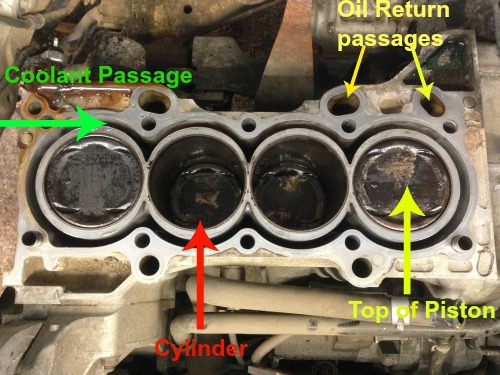 2. The head gasket also seals the coolant passages between the cylinder block and head. There is not much pressure in this area, but sometimes the engine coolant can become corrosive due to the lack of service, and at this point, the coolant can eat away at the head gasket, and eventually, it will cause a leak. 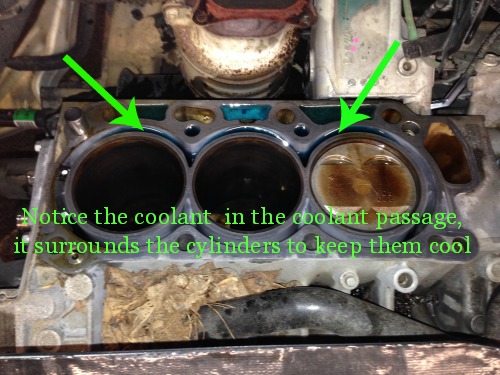 3. The last area the head gasket seals is the oil passages, and again, there is not much pressure in this area. It's rare to have a head gasket leak in this area. If it does, the most common cause is an inferior product or head gasket. In other words, the head gasket must have been defective straight from the manufacturer. 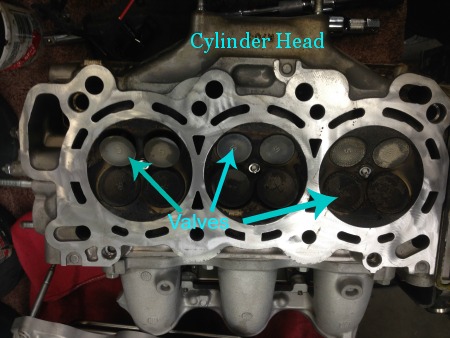 |
What is a Symptom of a Blown Head Gasket?
Some might think the most common symptom of a blown head gasket is thick white smoke billowing out the exhaust tailpipe, but it's not! The most common signs of a blown head gasket are:
- The engine overheating or exhaust gases leaking into the radiator. If you think you may have exhaust gases leaking into the radiator, the gases would be accommodated by constant bubbling in the radiator.
- The engine is running poorly (skipping, hesitating, or lack of power).
- Coolant in the oil, which would cause your engine oil to become milky, and would have a very similar look like chocolate milk.
- Excessive pressure inside the crankcase. This pressure will cause severe blow by inside the engine crankcase exiting the oil cap or engine oil seals.
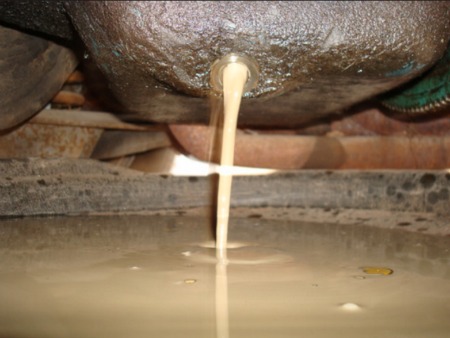 This is oil being drained from the oil pan mixed with engine coolant. |

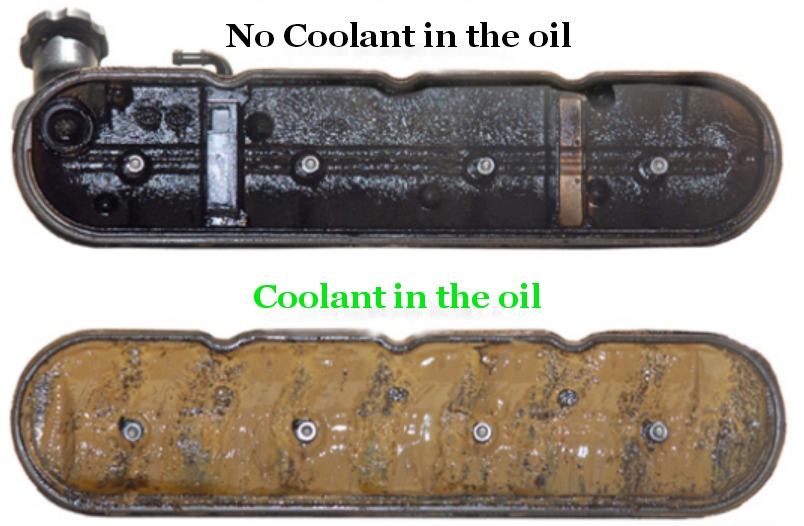
Suppose the head gasket is blown out entirely between the coolant passage and the combustion chamber. In that case, you'll find the cooling system will build-up extreme pressure and possibly blow off the radiator cap, crack the radiator tank, or blow a radiator hose, whichever is the weakest part of the cooling system, it will fail first.
Blown Head Gasket Sealers or Quick Fixes
|
If you're looking for a quick fix for a blown head gasket, stop! There is no such product on the market, so if you're thinking about using quicksilver power or bars leak, it's only a temporary fix and could cause more problems down the road like:
|
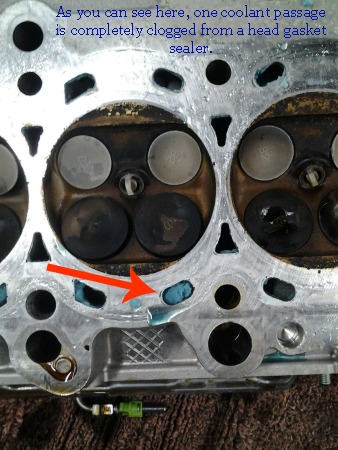
You can take your chances with a head gasket sealer in an emergency, but in my personal opinion, you're flirting with disaster! The quick fix may work for a week or two, but you'll pay handsomely in the end.
Thick White Smoke Coming From the Exhaust
|
If your problem is thick white smoke coming out of the exhaust pipe, you will most likely have a blown intake manifold gasket. The reason it's not a blown head gasket is that the head gaskets hold in pressure. Therefore when a head gasket lets go, it releases pressure into the engine or causes coolant to leak into the oil passages. When an intake manifold gasket blows, it sucks coolant into the intake manifold. It sends it straight into the combustion chamber, causing the coolant to burn and cause a thick white smoke out the exhaust pipe, but we can save the rest of this conversation for another article. |
In the video above, someone overfilled the engine with oil, but a blown intake manifold gasket would have the same amount of smoke coming out the exhaust. The only difference would be that antifreeze is burning, not oil.
Still Not Sure You Have A Blown Head Gasket?
If you're still confused or if you have any questions, leave them in the comment box below, and I'll answer them as soon as I'm done setting the torque on these head bolts :)
If you know someone who could use the information on this page, click this link, What Is A Blown Head Gasket? and send it to them in an email, share it on Facebook or post it on Twitter thanks.
More Automotive Articles by Eddie Carrara
http://hubpages.com/hub/6-Most-Common-Fluid-Leaks-from-a-Car
http://hubpages.com/hub/4-Common-Car-Noises
http://eddiecarrara.hubpages.com/hub/Oil-Drain-Bolt-Repair
See what other visitors have built for web pages
Click below to see web pages other visitors have built...
70,000 Miles and Blew a Head Gaskets Not rated yet
I have a 2008 Pontiac GT G6- -had oil changed and was told leakage problem they found was no problem and they would check on next oil change. I went on …
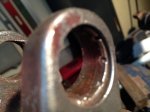
New! Comments
Do you have a question about your car? Leave me a comment in the box below, I bet I can answer your question better than your mechanic.